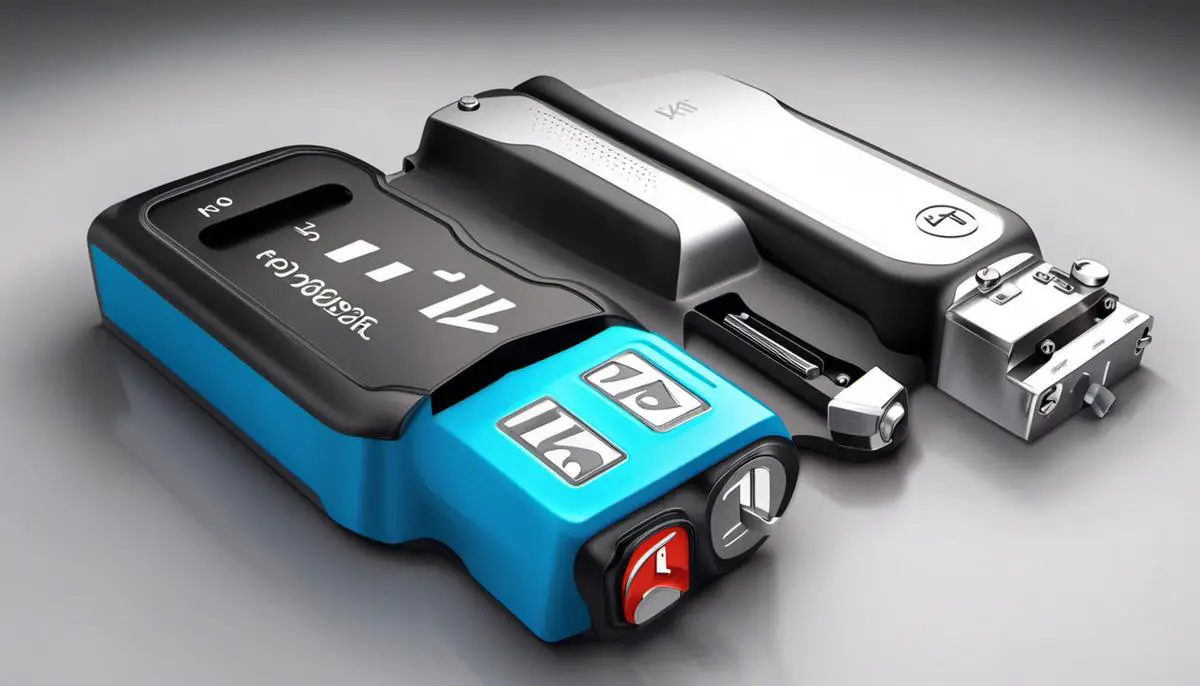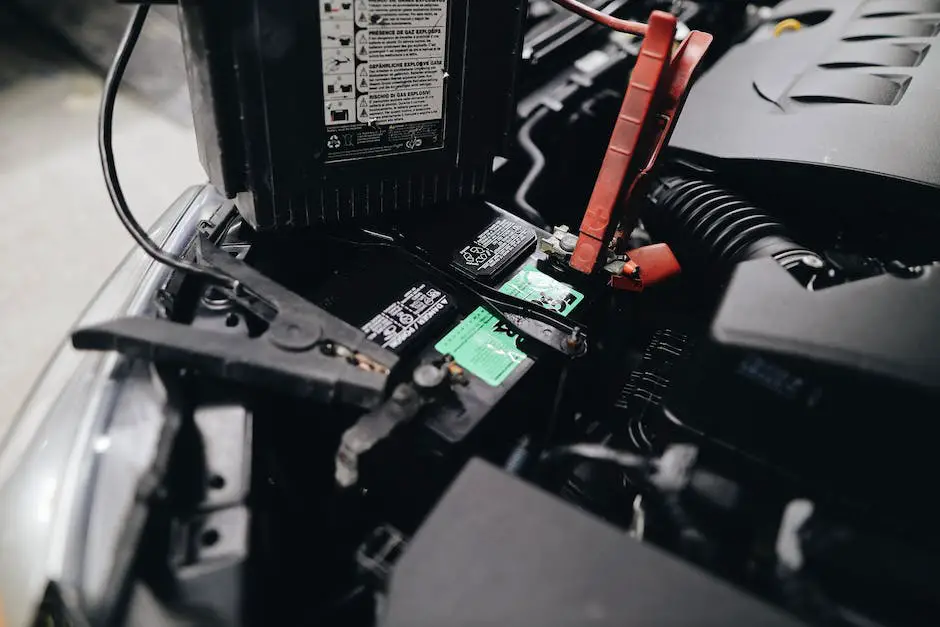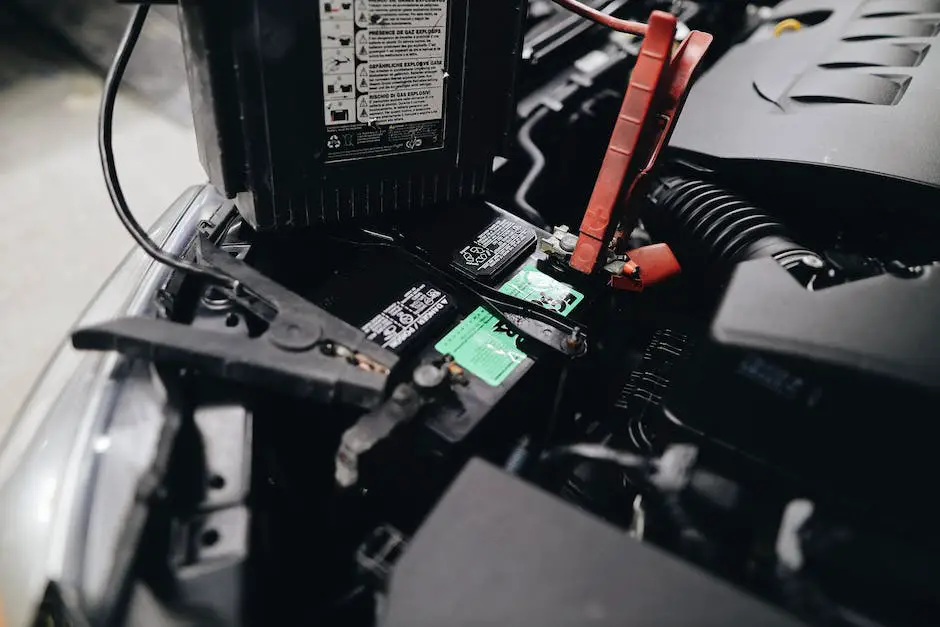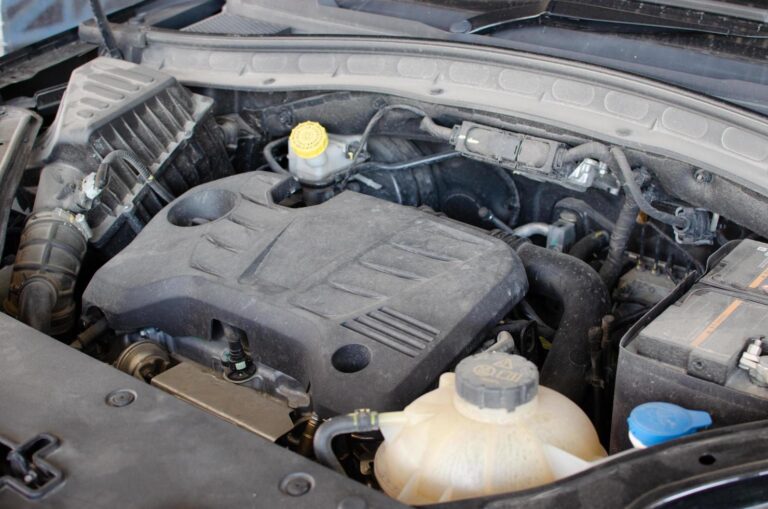Understanding and Connecting Your Car Battery: Positive and Negative

Knowledge and comprehension of car batteries and their terminals often elicit a degree of intimidation, but the truth is, understanding them could not be more straightforward. Car batteries, similar to many other batteries, feature two terminals: one positive and one negative. Distinguishing between these two poles is based on fundamental traits that anyone can learn. To start, the positive terminal usually carries a plus (+) sign and happens to be larger than the negative counterpart. The negative terminal, on the other hand, brandishes a minus (-) sign. Recognizing these peculiarities is a crucial starting point when handling car batteries, from installation to disconnection and all procedures in between.
In this article
Understanding Car Battery Terminals
At the heart of vehicular functionality lie two terminals on the car battery, serving as the conduits for power. Every element, from ignition to illumination and device charging, draws its life force from these key points—the positive and negative terminals.
Positive Terminal: Power Initiator
The positive terminal, with its distinctive heft, is the epicenter of power propagation. This terminal fuels the initial surge of energy required to awaken the car and set its electrical components in motion. Recognizable by the reassuring plus (+) emblem, this terminal often sports a protective plastic cap, frequently in vibrant red, as a safety shield.
Negative Terminal: Power Completer
Conversely, the negative terminal, modestly sized, is the conductor that seals the circuit. It enables the flow of electric energy emanating from the positive terminal, propelling the vehicle’s diverse components. Easily discernible by the minus (-) insignia, this terminal usually stands unguarded, poised to complete the circuit.
Distinguishing Traits: Colors and Sizes

The symphony of car battery terminals often incorporates color-coding, a visual cue to distinguish between positive and negative poles. The robust positive terminal wears a red cap and is accompanied by a red-hued cable, while its subdued counterpart, the negative terminal, pairs with a black cable.
Moreover, the terminals’ dimensions diverge deliberately, preventing inadvertent polarity reversals. Mishandling the terminals can lead to grave harm to the car’s delicate electrical framework. Therefore, acquainting oneself with the disparities between these terminals is indispensable.
Read The Complete Guide to the Best Car Battery Chargers in 2023
Navigating Safely in Terminal Territory
Guidance through the terrain of car batteries mandates vigilance. To tread cautiously, commence by detaching the negative cable first and reinstating it last when linking or severing the battery. This meticulous sequence mitigates the risks of short circuits and potential harm. Remember, the battery harbors corrosive acid, necessitating prudent handling.
Mastering the Basics: A Gateway to Proficiency
Mastery over car battery terminals confers the prowess to troubleshoot elementary vehicular predicaments and maintain the electrical ecosystem adeptly. Armed with the knowledge of polarity and function, you’re primed to troubleshoot minor electrical hiccups with confidence.
Navigating the Connection and Disconnection Ritual

1. Terminal Identification:
Cast a discerning gaze upon your car battery, identifying the dual terminals—a positive and a negative. These terminals are typically adorned with symbols: “+” for positive (often in radiant red) and “-” for negative (typically in solemn black). Validate their identities before proceeding.
2. Preliminary Safety Precautions:
Adorn safety glasses, gloves, and stow away jewelry to avert inadvertent shocks during battery maneuvering. Given the battery’s potential gas emissions, select a well-ventilated workspace. Eschew sparks and nicotine near the battery, ensuring the vehicle’s engine rests in dormancy before embarking on the procedure.
3. Unplugging the Battery:
Embark on this endeavor by disengaging the negative terminal. Employ a wrench to loosen the negative terminal’s bolt, granting room to wiggle the connector free. Then, with akin finesse, address the positive terminal. Unfasten its bolt, facilitating a comparable disconnection. Prudence dictates that these emancipated cables steer clear of metallic contact to preclude potential circuit conundrums.
4. Reuniting the Battery:
Before re-engaging, refurbish the contact points, banishing corrosion with a wire brush if present. First, unite with the positive terminal—position the clamp over the terminal post, and wield the wrench to secure the bolt. Once its grip is steadfast, advance to the negative terminal. Fasten its clamp onto the terminal post, tightening resolutely. As a final act, a meticulous reassessment of connection snugness is in order, for loose affiliations may yield a feeble start or imperil the vehicle’s alternator.
5. Ensuring Connection Integrity:
With the battery ensconced, usher forth the ignition to ascertain the symphony of seamless operation. Should the vehicle rouse sans turbulence, victory is yours. However, detecting any aberrations warrants immediate engine cessation. Employ the prescribed disconnection sequence outlined above, subsequently subjecting your connections to reevaluation.
Embrace the axiom—disconnect the negative terminal first and reconvene it last whenever the battery takes center stage. Prioritizing safety in all electrical entanglements is paramount, a linchpin in circumventing perilous predicaments.
A Concluding Thought: Harnessing Knowledge for Empowerment
Traversing the labyrinthine corridors of car batteries might evoke trepidation, yet it’s rooted in comprehending the duality of the positive and negative terminals. Preserving the positive terminal’s primacy during connection and relegating it to final detachment is an unwavering creed. This modest ritual begets a sanctuary where the potency of car batteries is harnessed with efficacy and security. By internalizing these elementary tenets, you not only avert perils to your vehicle’s electrical fabric and personal well-being but also sow the seeds of experiential learning and automotive self-sufficiency.
Sample Scenario: Charging Your Car Battery Safely
Consider a scenario where your car’s battery languishes in a state of depletion. Empowered by your grasp of car battery terminal dynamics, you embark on the endeavor of revival.
- Adorning safety garb—safety glasses, gloves, and stripped of adornments—you position yourself in a well-ventilated workspace.
- Plucking the knowledge from your mental repository, you venture forth to the vehicle’s hood. A meticulous scan confirms the designated terminals—a resplendent red symbolizes positivity, while a somber black heralds negativity.
- Executing due diligence, you commence by delicately extricating the negative terminal, relegating it to a state of liberation. The wrench dances deftly, and the cable relents, freeing itself from the terminal’s embrace.
- The positive terminal takes center stage, undergoing a parallel process of emancipation. The bolt yields to your determined prowess, parting the connector from its anchorage.
- Armed with a wire brush, you banish the incursions of corrosion, nurturing pristine contact points that invite reunion.
- Resolute in your endeavor, the positive terminal assumes its rightful place first. The clamp envelops the post, and the wrench orchestrates the bolt’s return. A symphony of secure connection ensues.
- The grand finale unfolds with the negative terminal’s affixation. The clamp’s firm hold, fortified by a steadfast bolt, seals the deal.
- Anticipation brims as you usher the ignition into action. A triumphant roar fills the air—the engine awakens without a hint of protest. Victory is yours, a testament to your mastery of car battery terminal orchestration.
In this anecdote, the symphony of knowledge translates into action, rekindling a dormant car battery. The saga of empowerment unfolds, bolstered by your understanding of car battery terminal intricacies.




